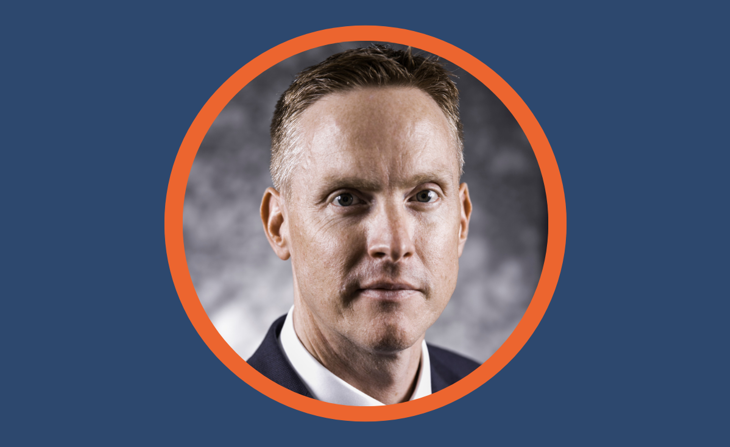
“Every insurer needs to hold some cash and maintain adequate liquidity but with the current market and regulatory environment we are in, it incentivises us to hold lower risk assets,” said Ed Palmer, EMEA Chief Investment
Officer, at Metlife.
He was speaking to an audience of insurance investors at the Insurance Asset Management Summit in London. He argued that the current market environment is making it challenging for insurers to generate capital efficient returns.
He continued: “The challenging rate environment, particularly in the European space where rates are negative, can result in not only an opportunity loss from sealing in too much cash but also an actual loss if that situation is allowed to persist for some time.
“This is where we as insurers have to strike the balance between thinking about having excess cash on the one extreme and becoming a forced seller of assets on the other and how we manage within this spectrum in a way that suits our individual needs.”
"Insurers have to strike the balance between having excess cash on the one
extreme and becoming a forced seller of assets on the other"
He said that in the situation where you are earning negative yields on cash, one alternatives that could help to address this would be money market funds which offer high liquidity, capital preservation and some incremental yield.
Another option would be to consider short-dated high yield investment which may offer an increase in yield or a relatively small increase in credit risk and duration.
He explained: “One aspect that is of particular interest when thinking about high yield is market dislocations.
“By this I mean an event where there is a fallen angel, a situation where investment grade holders of a bond become forced sellers of that bond - which can result in a market overreaction so that the price of this bond falls to a point where it doesn’t represent fair value any longer.
“There is some evidence to suggest that entering the market at that point can be beneficial overtime in terms of return.”
“One aspect that is of particular interest when thinking about
high yield is market dislocations."
He argued that when looking at liquidity and returns from a Solvency II context, it is very important that insurers strive to get a very granular understanding of requirements over short-, medium- and long-term time horizons.
He said this approach makes it easier for insurers to identify longer-term investment opportunities where it might be possible to take additional illiquidity and credit risk or duration and capitalise on incremental yields.
He pointed out that many insurers may have specific objectives that call for greater liquidity or cashflow. For instance, dividend payments that require accumulated cash or a private deal that is closing in a few weeks’ or months’ time where an investor may need to set aside cash for funding.
"Having a granular understanding of all of your liquidity
needs is in practice quite complicated."
He concluded: “These are all worthy objectives but having a granular understanding of all of your liquidity needs on the asset and liability side and an entire balance sheet approach over different time horizons is in practice quite complicated.
“If you have a derivatives overlay and have to think about cash variation margins or if you are a large business where scale can become a driver means that it can’t always be straightforward.
“That being said, the better the understanding is, the easier it is to identify the opportunities where it might be possible to term out and take that additional illiquidity, credit and duration risk to add incremental yield.”